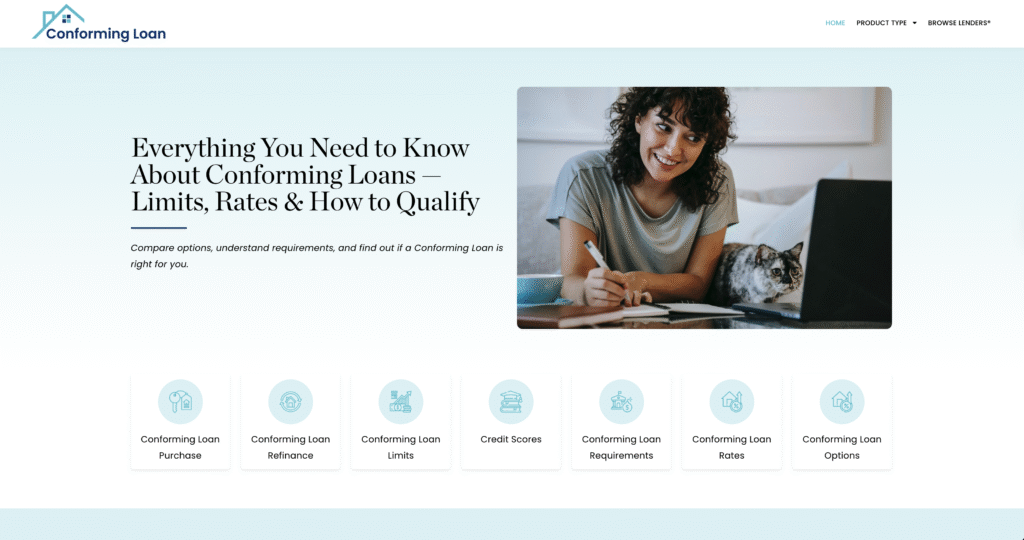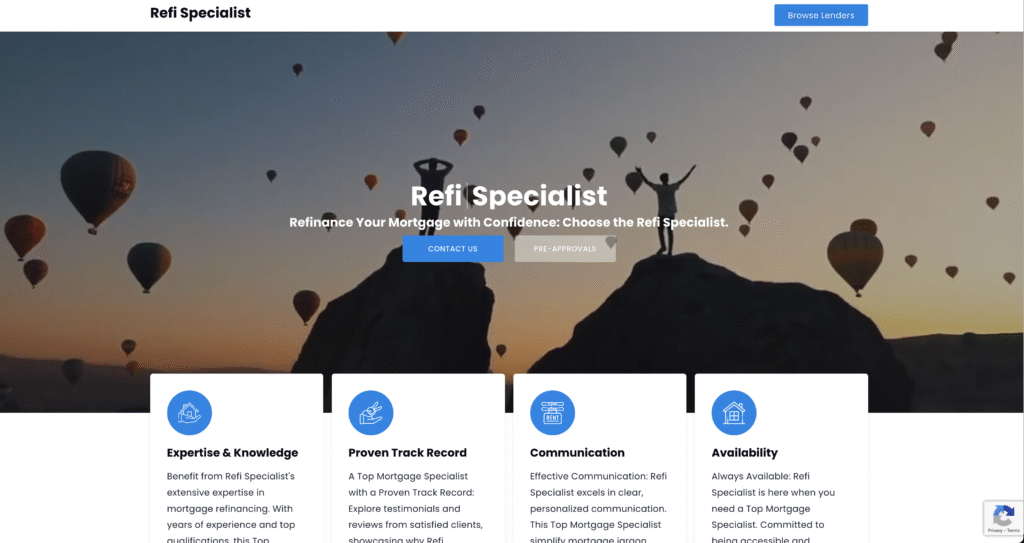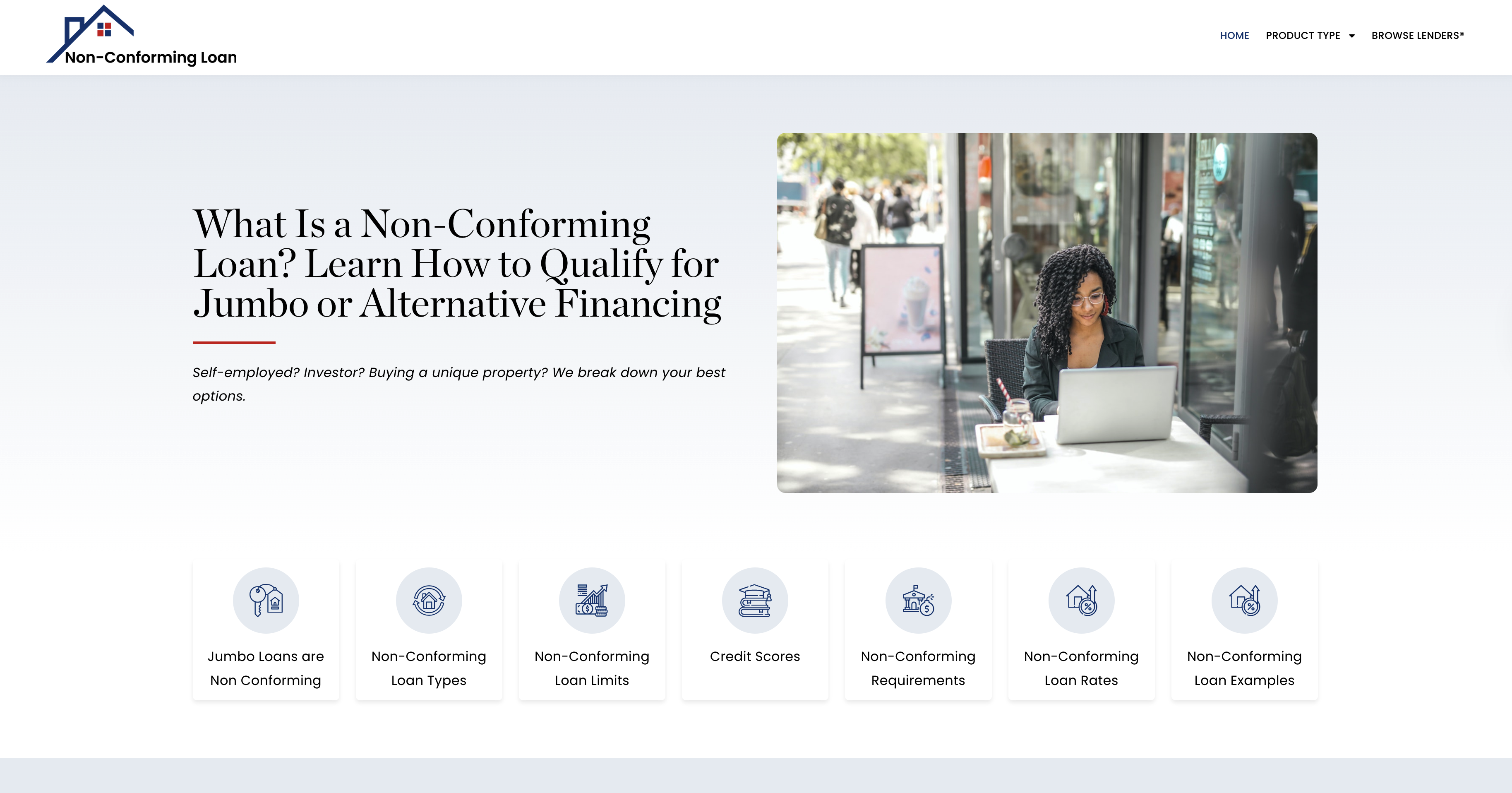Home Equity Growth Estimator: See how your mortgage payments build equity over time.
Home equity is one of the most powerful financial tools available to homeowners. It represents the portion of your property that you truly own—the difference between your home’s market value and what you owe on your mortgage. As you make payments, your equity grows, giving you increased financial flexibility, security, and future borrowing power. The Home Equity Growth Estimator helps you visualize how your mortgage payments contribute to equity over time.
Whether you’re buying your first home or planning to refinance, this estimator offers clarity about how your financial decisions today can benefit your net worth in the future.
Building equity is more than just reducing your loan balance. It’s about creating long-term financial leverage that can be used for renovations, consolidating high-interest debt, or planning for major life events. This tool empowers consumers to visualize their equity path year by year and make informed financial decisions with confidence.
What Is Home Equity?
Home equity is the portion of your home’s value that you’ve paid off and fully own. It increases in two ways:
- By paying down your mortgage principal
- By your home appreciating in market value
Formula: Home Equity = Home’s Market Value – Outstanding Mortgage Balance
For example:
- Home Value: $350,000
- Mortgage Balance: $270,000
- Equity = $80,000
Understanding home equity is essential to long-term financial planning. It’s a real asset that contributes to your overall net worth. Home equity can grow slowly in the early years but becomes a powerful form of wealth over time. Having a clear grasp of this concept enables consumers to leverage their equity in ways that strengthen their financial future—from refinancing opportunities to home equity lines of credit (HELOCs).
How the Estimator Works
The Home Equity Growth Estimator calculates how much equity you’ll build over time based on:
- Initial home value
- Down payment amount
- Loan term and interest rate
- Monthly payment (principal + interest)
- Estimated annual appreciation rate
By plugging in your information, the tool estimates your:
- Equity at 1, 3, 5, 10, 15, and 30 years
- Total interest paid
- Principal reduction
- Estimated home value growth
This estimator works by simulating an amortization schedule paired with projected appreciation, offering a full financial forecast that includes property value inflation. Consumers benefit from understanding the breakdown between principal and interest in each payment, while seeing how small changes—like extra monthly payments—impact equity over decades. The tool acts as a virtual roadmap, helping homeowners forecast future borrowing power.
Understanding Amortization: How Equity Builds
Amortization is the process by which your mortgage is paid off through scheduled monthly payments. In the early years, a larger portion of your payment goes toward interest. Over time, the interest portion decreases, and more of your payment reduces the principal, increasing your equity faster.
Example (30-Year Fixed Loan):
- Year 1: $300 of a $1,500 payment goes to principal
- Year 10: $600 of the same payment goes to principal
- Year 20: $900+ of the same payment goes to principal
Understanding amortization is essential for setting realistic expectations about how quickly equity accumulates. Many borrowers are surprised to learn that in the first five years, equity growth is driven more by appreciation and down payment than mortgage principal reduction. This section helps consumers understand the long-game of equity growth and encourages them to remain consistent with payments or consider strategies like extra principal contributions to speed up progress.
Impact of Appreciation on Equity
Home appreciation—an increase in market value—can significantly boost your equity even without additional payments. Historically, U.S. home prices have increased by 3%–5% annually, though rates vary by market.
Example:
- Year 1: Home Value = $350,000
- 5-Year Appreciation @ 4% = ~$425,000
- If mortgage balance after 5 years = $310,000
- Equity = $115,000
Appreciation is often underestimated but has massive implications for homeowners. In hot housing markets, equity gains from appreciation can outpace equity gained through payments. This section shows how external economic forces can dramatically accelerate wealth-building for homeowners. It also teaches users to track regional market trends, empowering them to estimate future net worth and understand why real estate is one of the most reliable long-term investments.
Accelerated Equity Growth Strategies
Want to grow your equity faster? Consider these strategies:
- Make Biweekly Payments: Splitting your monthly payment into two payments every two weeks equals 13 payments per year instead of 12.
- Pay a Little Extra Each Month: An additional $100/month can knock years off your loan term.
- Apply Bonuses or Tax Refunds Toward Principal: Lump sum payments go entirely to principal and boost equity quickly.
- Refinance to a Shorter Term: Switching from a 30-year to a 15-year loan increases monthly payments but significantly accelerates equity building.
The goal isn’t always to pay off your home quickly—but to build enough equity to improve your financial flexibility. This section explains why early contributions matter most and how to integrate equity-building habits into your broader financial routine. It also cautions against prepaying a low-interest mortgage if it means sacrificing retirement savings or emergency funds. Instead, it promotes balance.
How Equity Can Be Used
Once you’ve built enough equity, it becomes a versatile financial resource. Common uses include:
- Cash-Out Refinance: Borrow against your equity at a new interest rate
- Home Equity Loan (HEL) or HELOC: Access funds for home improvement, education, or debt consolidation
- Sell and Upgrade: Use equity as a down payment on a more expensive home
Having substantial equity also provides peace of mind, acting as a financial cushion during emergencies or market downturns.
Equity can also act as an emergency savings vehicle for those with limited cash on hand. Whether used for opportunity or necessity, equity gives homeowners financial agility that renters simply don’t have. This section educates readers about timing, interest rates, and qualification criteria for equity-based loans, ensuring that equity access is used responsibly and strategically.
Home Equity & Middle Credit Score®: A Powerful Combination
While equity is an asset, your Middle Credit Score® represents your creditworthiness. Together, they determine your ability to:
- Refinance at favorable rates
- Qualify for cash-out options
- Secure low-interest lines of credit
For example:
- Equity: $120,000
- Middle Credit Score®: 740 = Strong candidate for best cash-out refinance terms
However, low scores can limit your ability to access equity affordably. Use the Home Equity Estimator in conjunction with a Credit Score Tracker to optimize both.
This dual-lens view—asset and behavior—gives a comprehensive understanding of what lenders truly evaluate. This section encourages homeowners to work on their credit concurrently while building equity. Even with $200,000 in equity, a 580 credit score can mean denial or high interest. This education builds financially savvy consumers who avoid common pitfalls.
Real-World Scenario: 5-Year Equity Growth Example
Maria purchased a $400,000 home with 10% down ($40,000) and a 30-year mortgage at 6.5% interest.
Year 0:
- Mortgage Balance: $360,000
- Equity: $40,000
Year 5:
- Remaining Balance: ~$335,000
- Home Value (appreciated at 4% annually): ~$487,000
- Equity = $487,000 – $335,000 = $152,000
In just 5 years, Maria’s equity grew by $112,000 through a combination of payments and appreciation. She used a cash-out refinance to fund renovations, further increasing her home’s value.
Maria’s story isn’t unique—it illustrates how consistency and market conditions combine to yield wealth. The case study section helps readers visualize real timelines and outcomes, reinforcing that equity building isn’t abstract; it’s measurable, achievable, and accessible to any committed homeowner who pays attention to payment discipline and market performance.
Equity growth is one of the most rewarding parts of homeownership. With each mortgage payment and each year of appreciation, your financial foundation strengthens. The Home Equity Growth Estimator gives you a clear picture of how your investment in homeownership pays off over time.
Use this tool to plan smarter, borrow wisely, and reach your financial goals faster. And remember—when paired with a healthy Middle Credit Score®, your equity becomes a gateway to low-cost credit, home upgrades, and long-term wealth.
Home equity isn’t just a real estate concept—it’s a life asset. Building equity is a pathway to freedom: from renting, from financial stress, and from stagnation. By taking ownership of your equity journey and tracking it proactively, you’ll step into every financial decision with greater confidence, clarity, and control over your future.
Middle Credit Score® Support Center
Browse Lenders® – Speak with a Lending Expert






